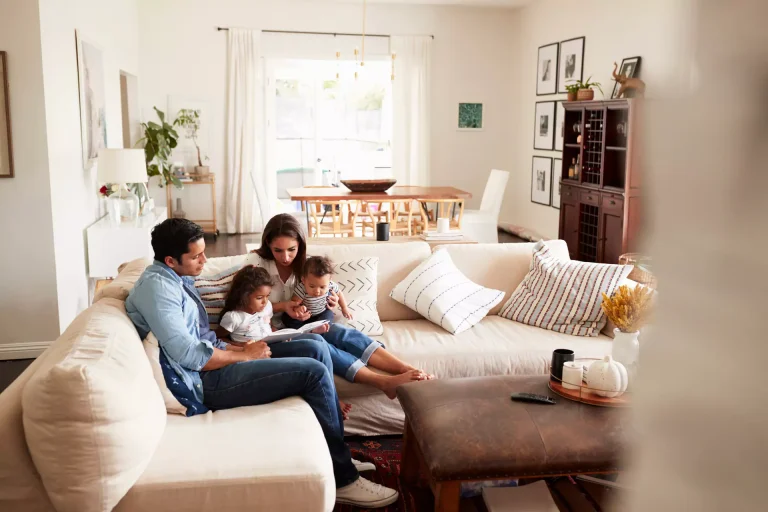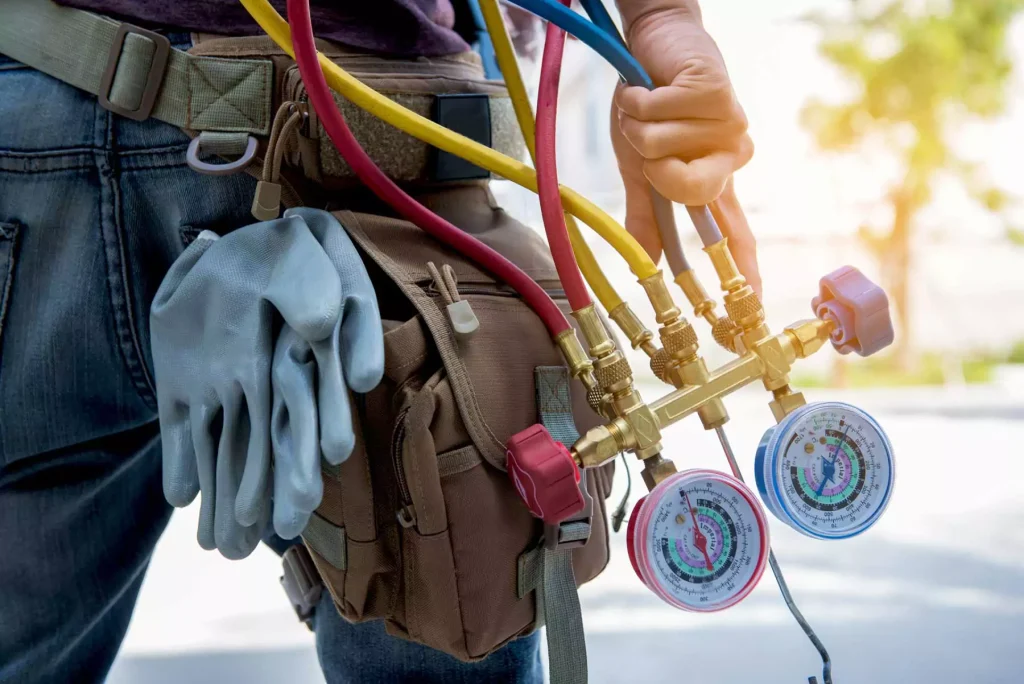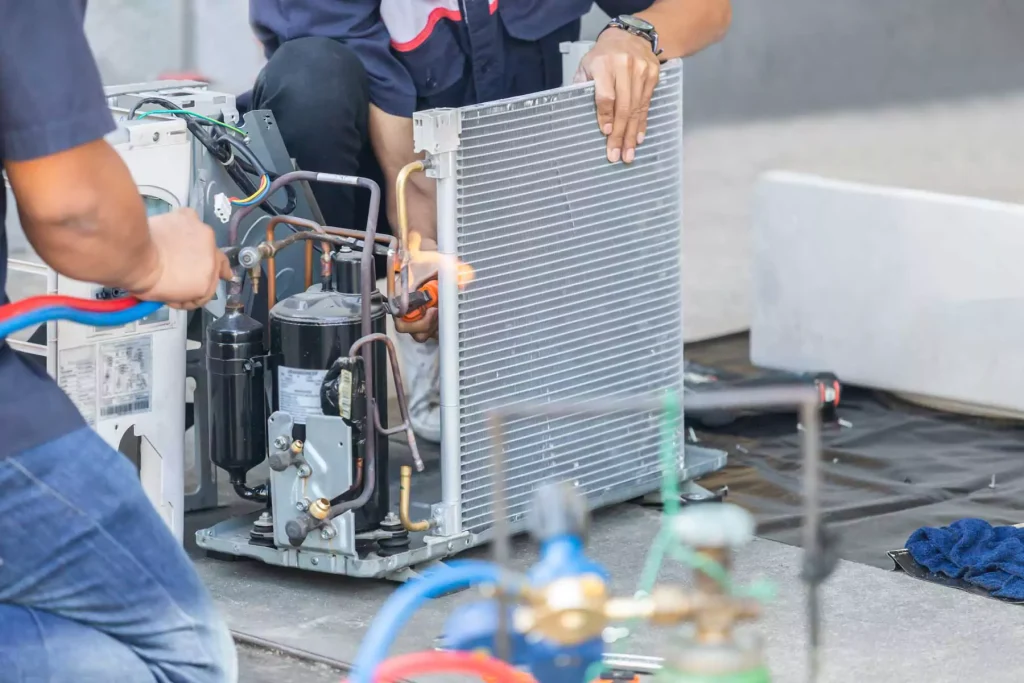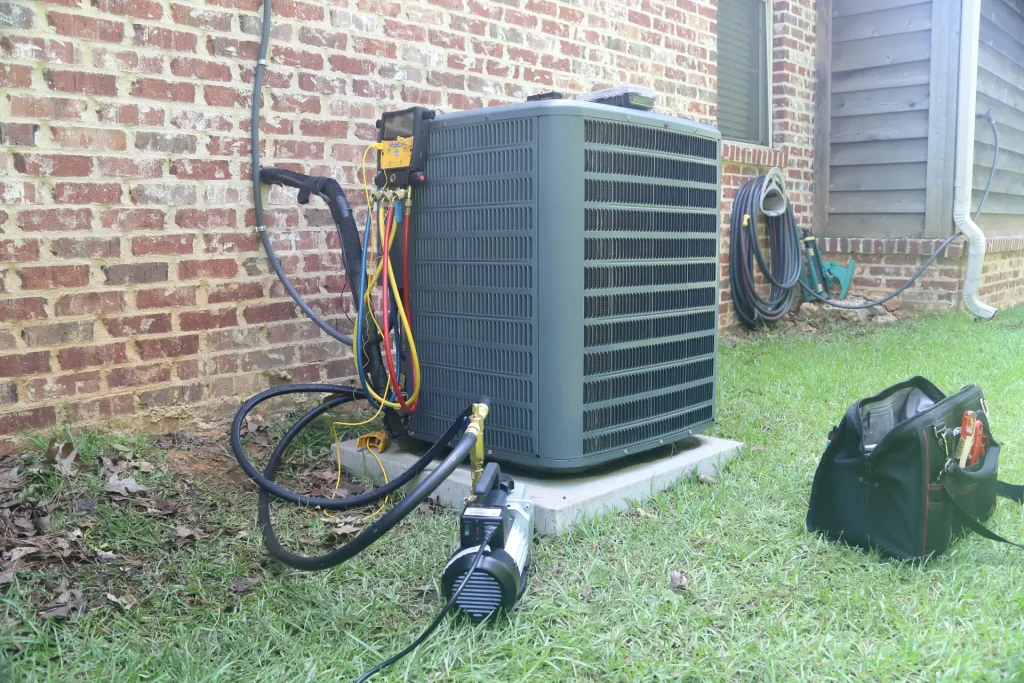Understanding Air Purifiers and Indoor Air Quality
Indoor air quality has become increasingly important as homes become more energy-efficient and tightly sealed. Modern construction techniques that help conserve energy can inadvertently trap pollutants, allergens, and contaminants inside your home, creating an environment where the air inside can be two to five times more polluted than outdoor air. Air purifiers work by drawing air through specialized filtration systems that capture particles ranging from large dust motes to microscopic allergens and pathogens. These devices use various technologies including HEPA filtration, activated carbon, and UV-C light to neutralize different types of contaminants.
At Kane Heating and Air Conditioning, we recognize that clean indoor air is just as crucial as comfortable temperatures. Our expertise in residential heating and air conditioning service, installation and maintenance has evolved to encompass comprehensive indoor air quality solutions. We understand that every home in Harker Heights, Nolanville, Killeen, Belton, Copperas Cove, and Temple, TX faces unique air quality challenges, from seasonal pollen to household dust and pet dander, which is why we offer high quality service at affordable prices and every client gets multiple options to find what benefits them most.
Types of Air Purification Technologies
The most effective air purifiers utilize multiple filtration stages to address different contaminants. HEPA filters, which must remove 99.97% of particles as small as 0.3 microns to meet certification standards, serve as the primary defense against airborne particles. These filters trap dust, pollen, mold spores, and even some bacteria. Activated carbon filters complement HEPA technology by absorbing odors, volatile organic compounds (VOCs), and chemical vapors that mechanical filters cannot capture. Some advanced systems incorporate photocatalytic oxidation, which uses UV light and a catalyst to break down pollutants at the molecular level.
Electrostatic precipitators represent another approach, using electrical charges to attract particles to collection plates. While these systems don’t require filter replacements, they need regular cleaning to maintain effectiveness. UV-C germicidal lamps target biological contaminants by disrupting the DNA of bacteria, viruses, and mold spores, preventing them from reproducing. When evaluating options for your home, we consider factors like room size, specific air quality concerns, and maintenance preferences to recommend the most suitable technology combination.
Health Benefits and Performance Metrics
Air purifiers provide measurable health improvements, particularly for individuals with allergies, asthma, or respiratory sensitivities. Studies show that proper air filtration can reduce allergy symptoms by up to 60% and decrease asthma triggers significantly. The Clean Air Delivery Rate (CADR) measures how quickly an air purifier can clean the air in a specific room size, with separate ratings for smoke, dust, and pollen removal. A properly sized unit should process the entire room’s air volume at least four times per hour for optimal effectiveness.
Beyond allergen removal, air purifiers help eliminate household odors from cooking, pets, and everyday activities while reducing the spread of airborne illnesses. During peak allergy seasons throughout Temple, Belton, Harker Heights, TX, and the surrounding areas, these systems provide crucial relief by maintaining consistent indoor air quality regardless of outdoor conditions. Kane Heating and Air Conditioning is more than just an HVAC company – it’s a testament to dedication, community spirit, and a commitment to providing exceptional comfort solutions that enhance your family’s health and wellbeing.
Selection and Installation Considerations
Choosing the right air purifier requires careful evaluation of several factors:
- Room dimensions and ceiling height determine the required CADR rating
- Specific contaminant concerns guide filter type selection
- Noise tolerance influences model choice, especially for bedrooms
- Energy consumption affects long-term operating costs
- Filter replacement frequency impacts maintenance expenses
Proper placement maximizes air purifier effectiveness. Units should be positioned away from walls and furniture to ensure unrestricted airflow, typically in areas where people spend the most time. Integration with existing HVAC systems offers whole-home purification, utilizing your current ductwork to distribute cleaned air throughout every room. As we expand our services beyond traditional heating and cooling to include water heaters as well, we bring the same attention to detail and customer focus to every air quality solution we install, ensuring optimal performance and longevity of your investment in cleaner, healthier indoor air.



